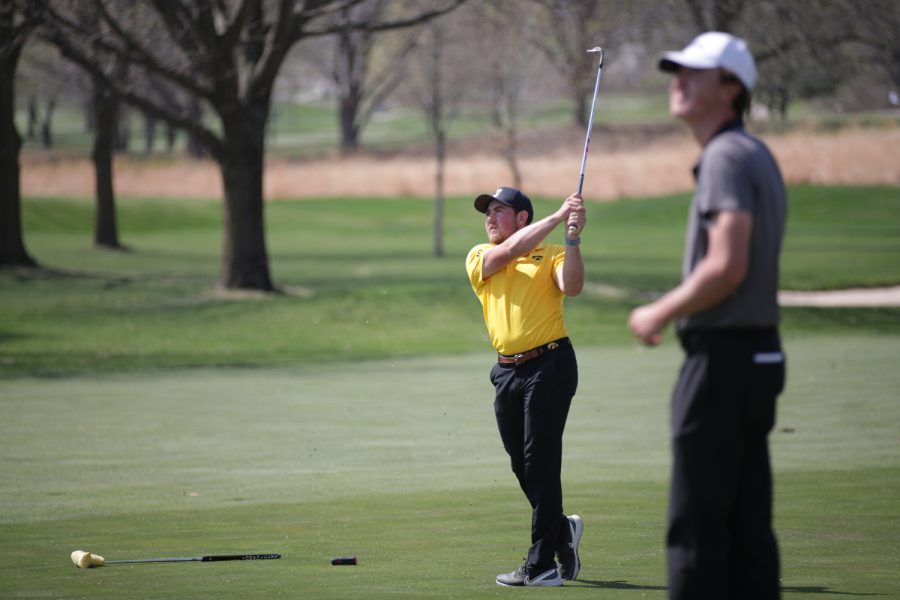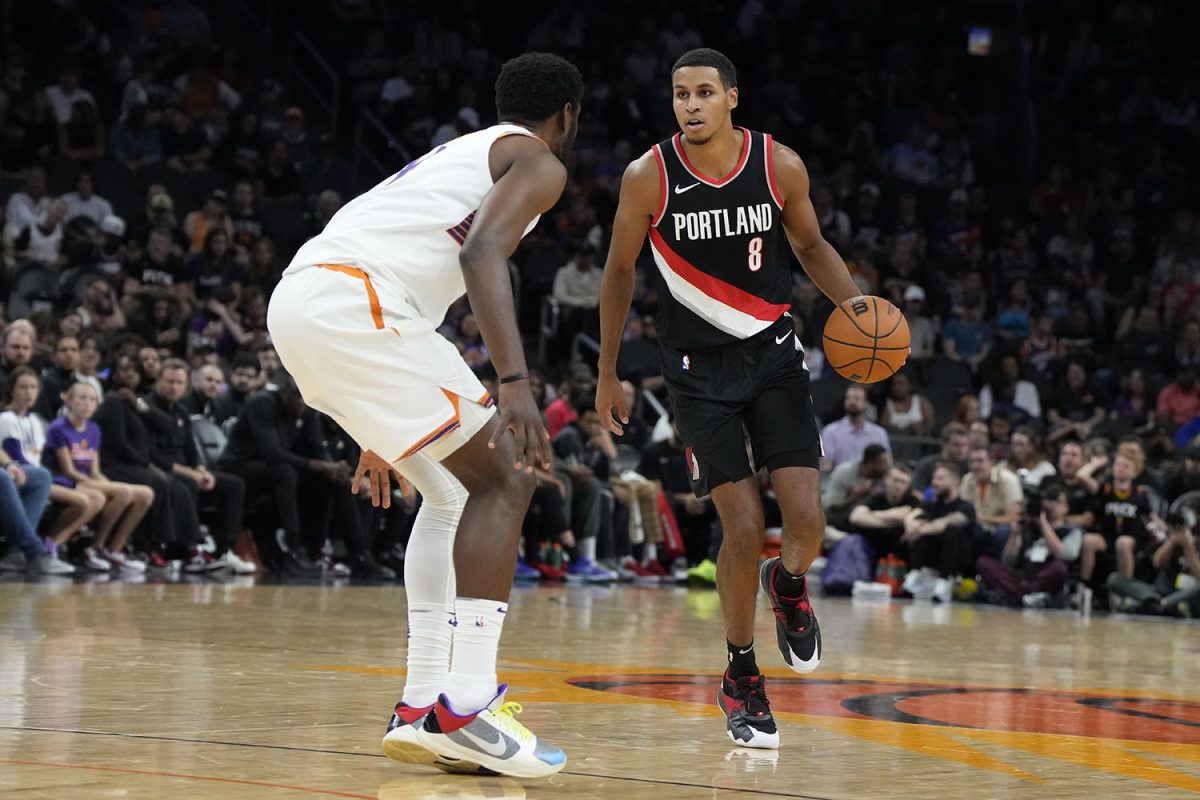There is no denying that the Iowa offense made strides during 2013 under second-year offensive coordinator Greg Davis. The Hawkeyes improved in points per game (26.3, up from 19.3 in 2012), yards per game (377, up from 310.4), and touchdowns scored (37, up from 22).
These upgrades were certainly welcomed by Hawkeye fans. Though the 2013 installment of the Iowa football team was mostly anchored by a veteran defense, the offense played an integral role in a turnaround season that included an 8-4 regular-season record and Outback Bowl appearance.
But with all the steps in the right direction with respect to the offense, Iowa still lacked a consistent deep threat all season — which is odd, because that was seemingly a role for junior-college transfer Damond Powell.
Powell, who played in all 13 games during the 2013 season, didn’t see the ball as much as Black and Gold fans had hoped. He caught just 12 passes for an impressive 291 yards but only 2 touchdowns.
That’s fewer than a catch per game, sure, but when Powell gathered in a catch, it was usually on a big play. He averaged 24.2 yards per catch, twice that of every other Hawkeye receiver who caught at least 10 passes in 2013.
The numbers speak for themselves, of course, but it does raise the question: Will Powell see the field more in 2014?
“We’re here to see what he looks like,” Iowa football coach Kirk Ferentz said during last week’s press conference. “He’s very intriguing in that basically he showed up here in August. He got here a couple of days before we got started. He literally was brand-new in all regards.”
Indeed, Powell was brand-new in August 2013 — to both the campus (he transferred from Snow Community College in Ephraim, Utah) and to Davis’s playbook — and perhaps that’s the main reason Ferentz held off on using him more in 2013.
But if the past is any indication on how Powell will adjust in both his first spring and his second season in Iowa City, there’s every reason to believe he’ll see the field more in the upcoming season.
Ferentz continued last Wednesday comparing Powell with former Iowa defensive back Bob Sanders in that Powell is a natural athlete who just happened to play football. This spring, Powell will take part in more structured workouts that will help with learning the offensive playbook.
But perhaps a better comparison might be with Iowa legend Brad Banks — not in size or in position but in experienced gained after one season in the system.
Banks, as most Iowa fans remember, transferred to Iowa ahead of the 2001 season after playing two years at Hinds Community College in Mississippi. He was seldom used during that 2001 season, completing 41-of-68 passes for 582 yards and 4 touchdowns in just 10 games.
In 2002, though, Banks emerged as perhaps the most talented Iowa quarterback ever. He threw for more than 2,500 yards and 26 touchdowns on nearly a 58-percent completion clip. Banks finished second in the Heisman race, took home the Davey O’Brien Award, and was dubbed the College Football Player of the Year by the Associated Press.
It wouldn’t be wise for Iowa fans to hope for that kind of showing out of Powell, who did own Iowa’s second-longest play from scrimmage in 2012 when Jake Rudock connected with him on a screen pass that spanned 74 yards against Minnesota in September.
But it wouldn’t be crazy for those same fans to think he’ll get more of an expanded role when Northern Iowa visits Kinnick Stadium for the season-opening game in late August.
“I would hope he could do more,” Ferentz said. “We’ll see what he does.”






